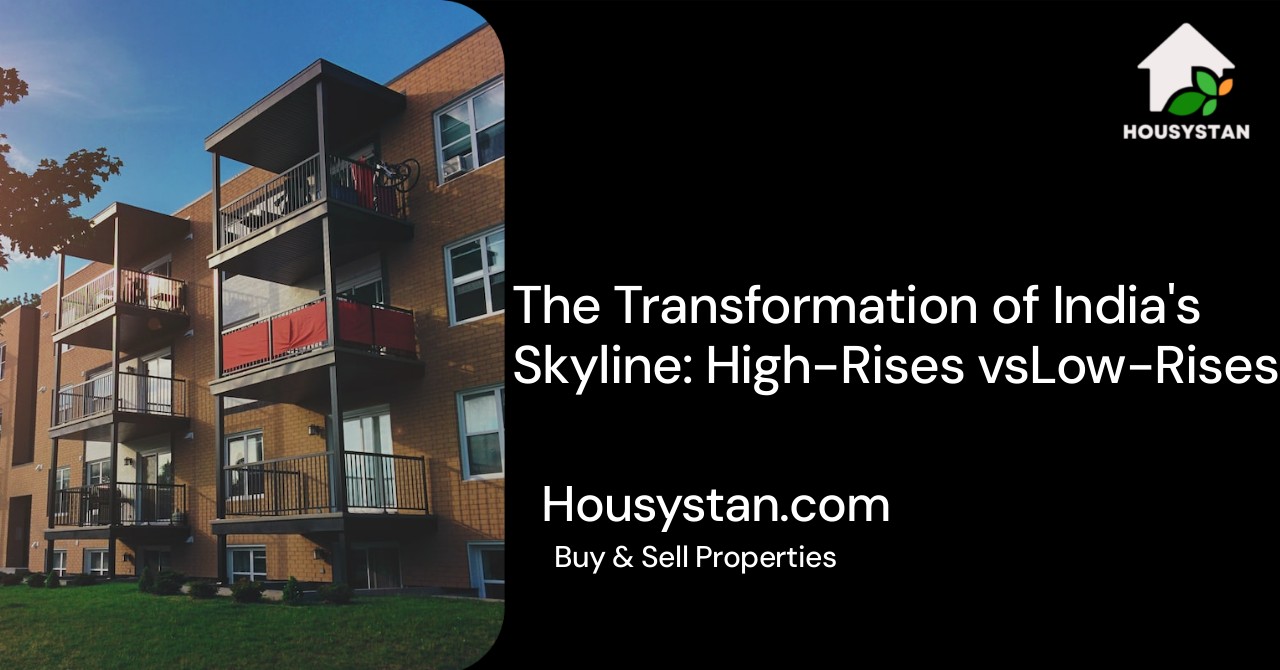The Transformation of India's Skyline: High-Rises vsLow-Rises
Read latest blogs and articles from Housystan

The Information mentioned here was last updated on:
2/12/2025The landscape of India’s cities is evolving rapidly, with the transformation of skylines becoming more pronounced than ever before. As urbanization accelerates and population density increases, the debate between high-rises and low-rises has taken center stage in metropolitan regions like Mumbai, Delhi, Bengaluru, Hyderabad, and Pune. Modern infrastructure, shifting lifestyles, and changing preferences are shaping the future of Indian real estate, making it crucial for homebuyers, investors, and developers to understand the unique advantages and challenges of each type of development.
High-rise buildings, with their soaring heights and contemporary architecture, are redefining city horizons across India. These multi-storeyed towers offer panoramic views, maximize land utilization, and accommodate more residents within limited urban spaces. High-rises often come equipped with world-class amenities such as swimming pools, fitness centers, landscaped gardens, and enhanced security systems, catering to the aspirations of urban dwellers seeking comfort and convenience. Cities like Gurugram, Noida, and Chennai are witnessing a surge in such developments, driven by demand for luxury lifestyles and proximity to commercial hubs.
On the other hand, low-rise structures, generally limited to four floors or fewer, retain their charm in areas prioritizing community living and tranquility. These developments provide a more intimate neighborhood environment, reduced congestion, and often better air quality. Low-rises are prevalent in places like Chandigarh, Ahmedabad, and smaller tier-2 cities, where space allows for expansive layouts and green surroundings. Home seekers who value privacy, larger living areas, and a closer connection with nature frequently prefer these properties.
- Verified Tenants/Buyers
- Unlimited Property Listing
- Zero subscription/charges fee
The transformation of India’s skyline is not merely a matter of aesthetics but also reflects broader trends in sustainability, infrastructure development, and urban planning. Both high-rises and low-rises have roles to play in meeting the diverse needs of India’s growing urban population. As government policies encourage vertical development in city centers and promote sustainable practices in suburban regions, the real estate sector continues to innovate, offering tailored solutions for every lifestyle.
Choosing between a high-rise or low-rise property in India ultimately depends on factors like location, budget, family needs, and long-term aspirations. With cities across the nation embracing modern construction techniques and eco-friendly designs, the skyline transformation is set to continue, elevating India’s global profile and enhancing the quality of urban living.